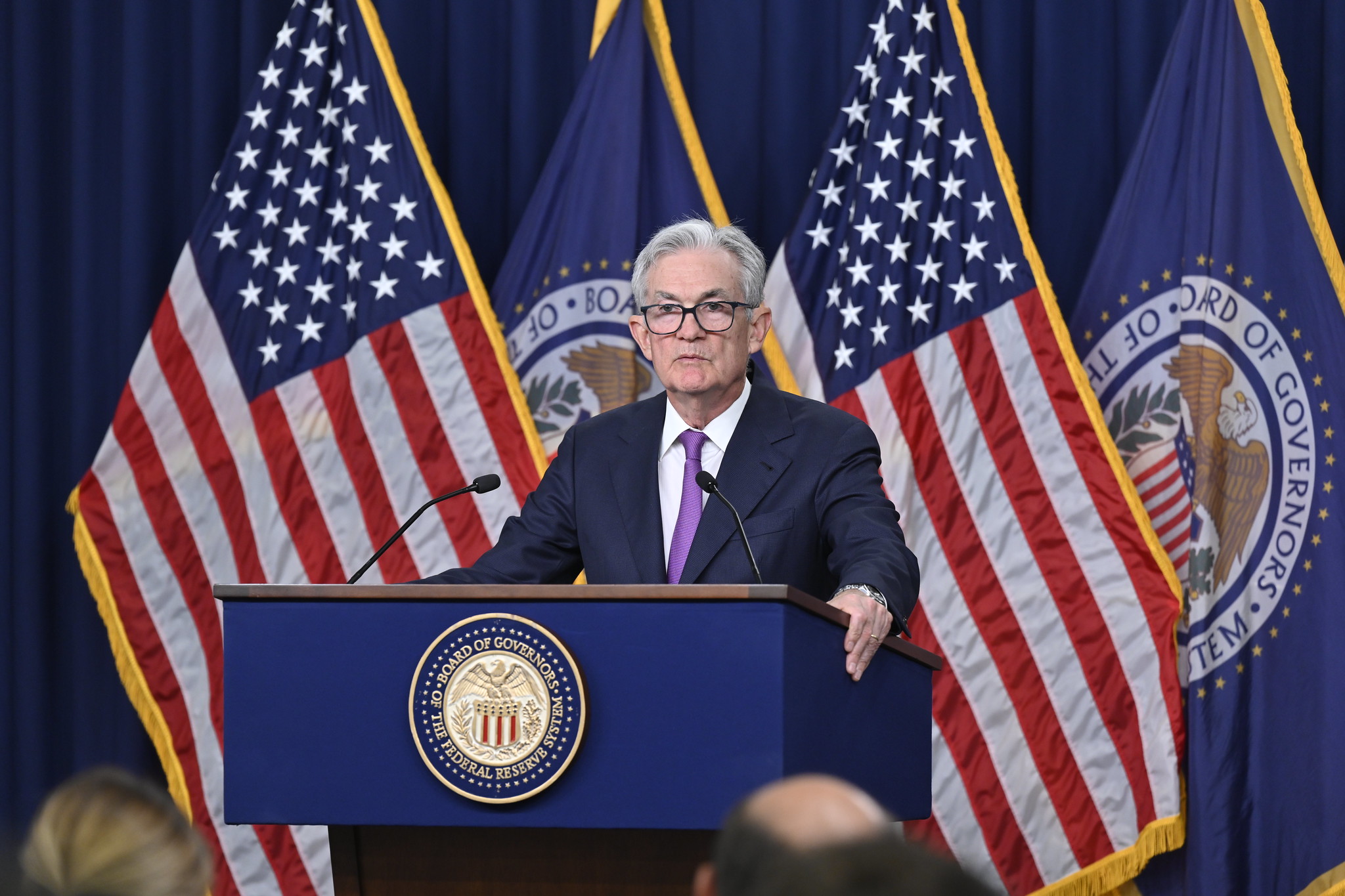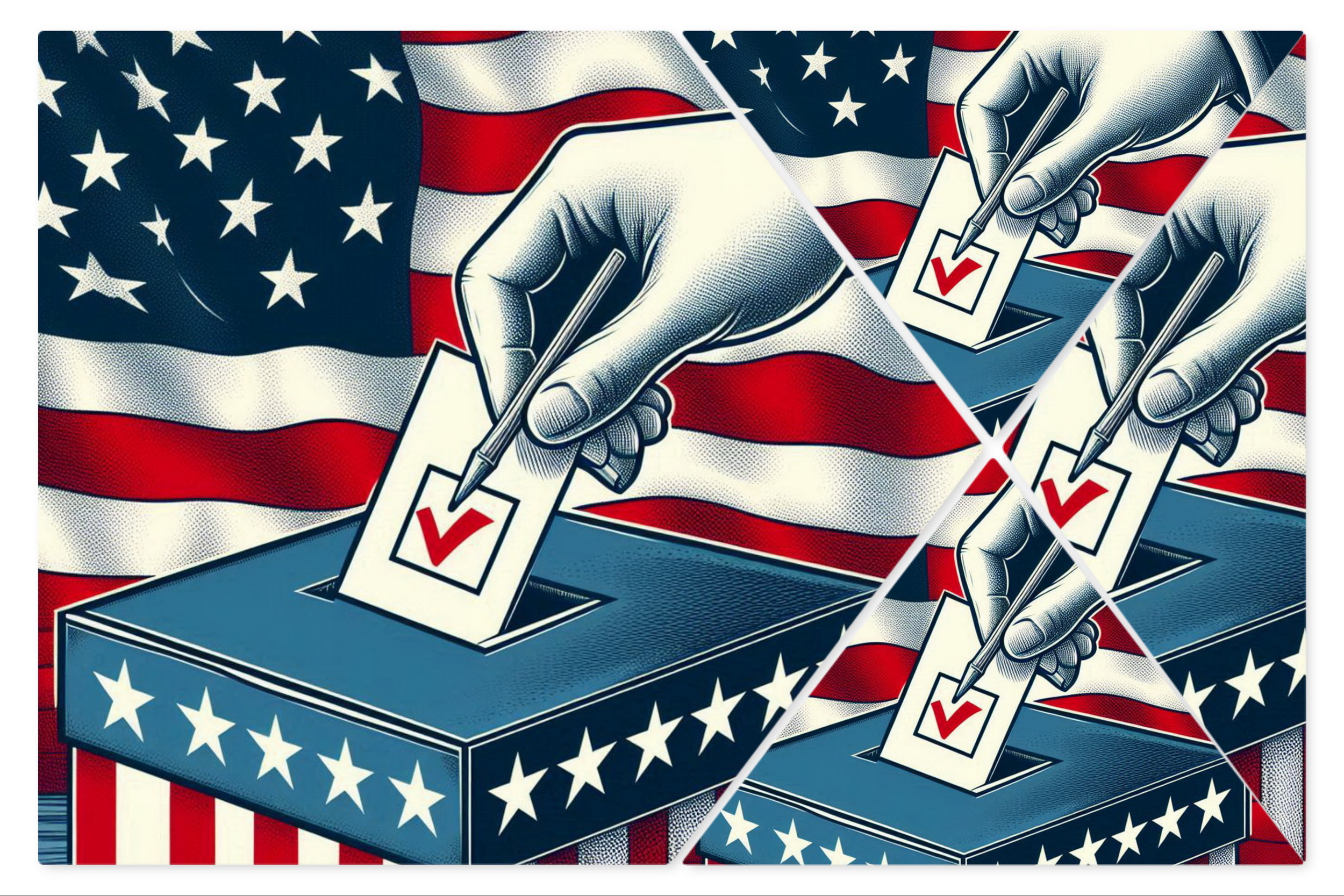Federal Reserve Chairman Jerome Powell announced this Friday at the Jackson Hole symposium that the time for monetary policy tightening has arrived, but the pace will depend on macroeconomic data.
“The time has come for policy to adjust. The direction of travel is clear, and the timing and pace of rate cuts will depend on incoming data, the evolving outlook, and the balance of risks,” Powell said according to the speech published by the Fed.
The head of the federal monetary authority reviewed the evolution of the country’s macroeconomic situation since the pandemic and assured that the Fed will do “everything in our power to support a strong labor market while continuing to make progress toward price stability.”
With appropriate moderation in monetary policy, “there are good reasons to believe that the economy will return to 2% inflation,” he said. Powell also emphasized the importance of maintaining the strength of the labor market at the same time.
“The current level of our official interest rate gives us ample room to respond to any risks we may face, including the risk of further unwanted weakening of labor market conditions,” he explained.
At the 2024 annual symposium entitled “Reassessing the Effectiveness and Transmission of Monetary Policy”, the president addressed the presidents of the Fed’s divisions in each state. He provided explanations as to why the measures implemented in recent years, including rate hikes to control rising prices, had been taken.
In this regard, Powell analyzed the behavior of inflation from the peak during the pandemic to the current decline.
The onset of the pandemic quickly led to shutdowns in economies around the world, which meant a time of radical uncertainty and severe downside risks. Additionally, the Fed chairman recalled the government and congressional assistance, such as the passing of the CARES Act.
“At the Fed, we used our powers in unprecedented ways to stabilize the financial system and help prevent an economic depression,” he emphasized.
However, Powell assured that pent-up demand, stimulus policies, pandemic-related changes in work and leisure practices, and additional savings associated with restricted service spending contributed to a historic increase in consumer spending on goods.
“That’s how inflation arrived. After being below target throughout 2020, inflation surged in March and April 2021. The initial inflation burst was concentrated rather than widespread, with extremely large price increases for scarce goods like motor vehicles,” he asserted, later insisting that this situation indicated a transitory inflation regime.
“The Transitory Inflation ship was full, with most analysts and central bankers from advanced economies on board. The common expectation was that supply conditions would improve reasonably quickly, that the rapid recovery in demand would run its course, and that demand would rotate from goods to services, reducing inflation,” he commented.
However, in June 2022, inflation reached its peak of 7.1 percent, forcing the Fed into a rate hike rally throughout 2023 and part of this year.
After this review, Powell concluded by assuring that “the pandemic economy has proven to be unlike any other, and much remains to be learned from this extraordinary period.”



